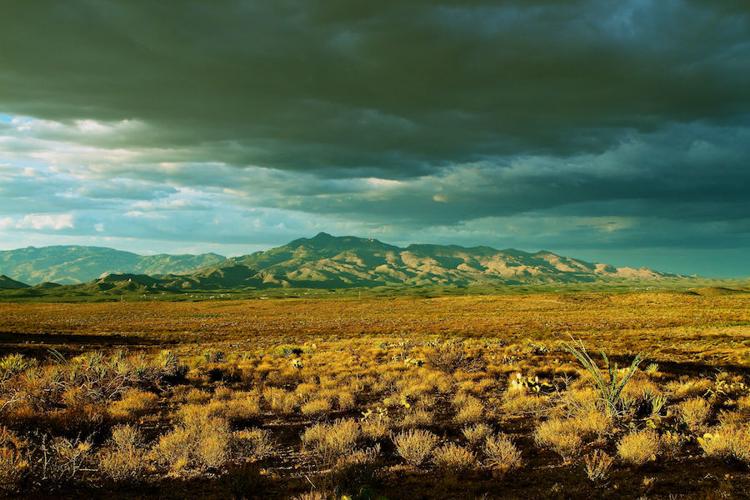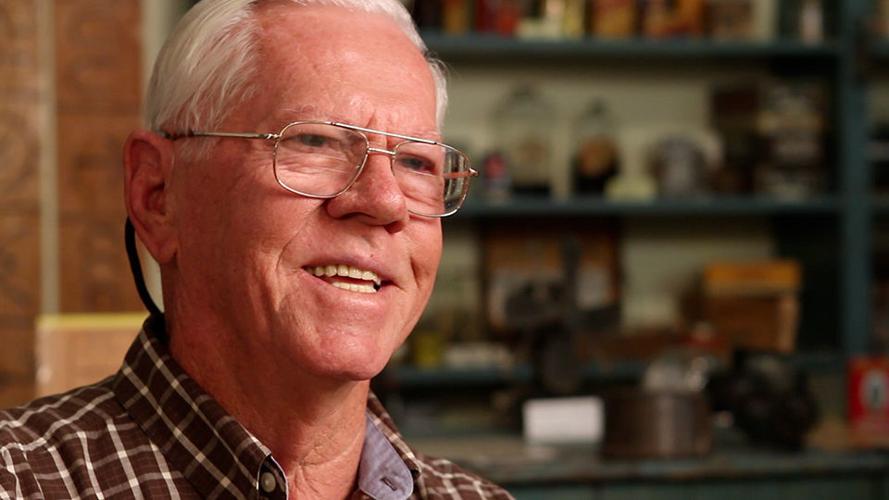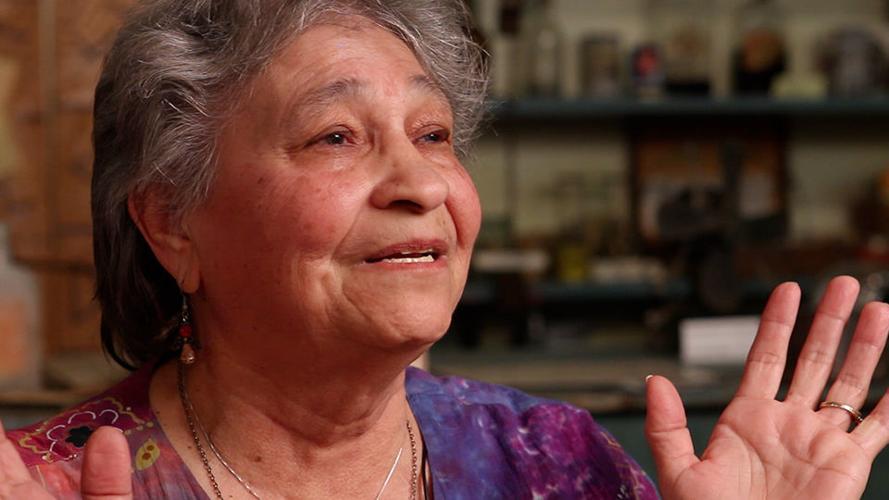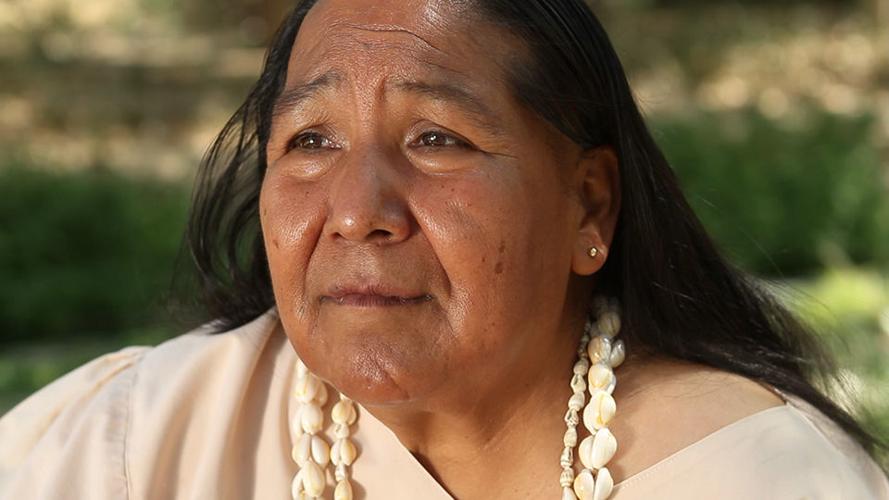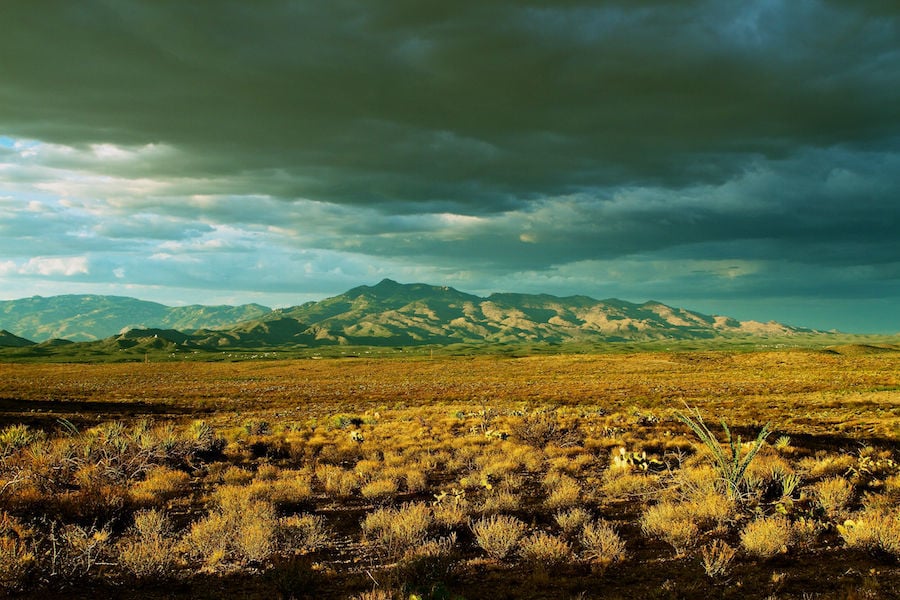To the majority of people around these parts, Vail, the community southeast of Tucson, is a fast-growing bedroom suburb known for its schools.
But there’s more to Vail than its schools, its look-alike subdivision homes and the commuting drive to Tucson on Interstate 10. There is a long and rich uncelebrated history of the land and its layers of cultures, of the people who lived and worked along Cienega Creek, who built the railroad that gave Vail its existence, and who homesteaded and ranched the grassy, cactus-covered earth snuggled up against the Rincon Mountains.
It is a Vail that few of us, in and outside of Vail, know about. Until now.

The father of Bill “Maxie” Allen, above, was in charge of the Vail section of the Southern Pacific Railroad.
Last weekend the Vail Preservation Society screened its documentary “Voices of Vail,” to a full house at the Fox Tucson Theatre, telling the history of the town between the tracks. It took seven years to make on a shoestring budget, with numerous volunteers from the community and the schools to tell the story.
“That is how we will reach a broader audience. Tell it with compelling images,” said Jerri Jean Lamb, executive director of the Vail Preservation Society. Better known simply as JJ, we talked while sitting in a pew inside the Shrine of Santa Rita in the Desert, the small Roman Catholic Church built in 1935 that sits across from the 1908 Old Vail Post Office, which is undergoing renovation.
The nearly two-hour film was directed by filmmaker Gerald Lamb, a Vail native and JJ’s son, and produced by Gerald Lamb, JJ Lamb, and Dennis Farris, a Vail resident and videographer. The Vail Youth Symphony performed an original overture, "The History of Vail," composed by Claire Thai, through the Tucson Symphony Young Composer program, when she was a senior in high school. The overture was written for the film's soundtrack. Some interviews of the film's participants were conducted by Cienega High School students.
The $25,000 film was financed with a $5,000 grant from the Arizona Humanities and several individuals. The film was the product of a complete community effort, said JJ.
The film needed to be made to let current and future generations of Vail residents and students, and anyone else interested in our region’s history, to know “where our story began,” she said. “I hope we’re some place special. I hope we’re not any place,” JJ said.

Cienega Creek was important to Carolyn Reyes’ ancestors.
Vail’s sweeping story begins, of course, with the prehistoric Hohokam and later the Tohono O’odham, the ancestors of Carolyn Reyes and Joseph Joaquin, who hunted and collected materials from the Cienega Creek to weave their baskets. Then came the Spanish colonizers who claimed the land and renamed the mountains and slender ribbons of riparian areas. The major turning point came in 1880 when Southern Pacific, using thousands of Chinese immigrant workers, laid the track on the last flat piece of open terrain before the land lifted up to the Dragoon Mountains in the east. With the train came Mexican and Anglo homesteaders like the families of Miguel Escalante, Margaret Monthan, Fred Mayer, Jimmy Leon, Sandra Johnson Wooster, and developers like brothers Walter and Edward Vail, who built up nearby Empire and Vail ranches and later bought the land where Southern Pacific built its station.
“Can we build a future if we don’t know where we’ve come from?” asks the narrator at the beginning of the documentary. “If we don’t know the people who shaped us, the land that molded us, the hardships that bound us together and the conflicts that pulled us apart, how do we really know who we are? Our hopes for our future are rooted in our past. And we are nothing without our memories.”
JJ said the film is planned to be shown in the Vail schools. The Preservation Society is also looking to enter the documentary in film festivals around the state and country. It will eventually be found on YouTube.

Lucy Haro helps tell the story of Vail’s rich history.
But when we talk and look at Vail, she said, it’s important to note that Vail is not just the old center at East Old Vail and Colossal Cave roads. Vail stretches from the Empire Mountains in the south to Colossal Cave in the north, and from the Lamar Cobb obelisk at the southwest quadrant of Arizona 83 and Interstate 10 to the west, and J Six Road in the east toward Benson.
It is this area where history is buried and being made, she said. Into this area, some 10,000 people have moved in to make their homes since 2001.
And just as the landscape and the seasons shaped the lives of those who settled and developed Vail, those same forces will continue to shape the current and future residents of Vail.
“This is not the end of our story,” said JJ. “This is just the beginning.”


